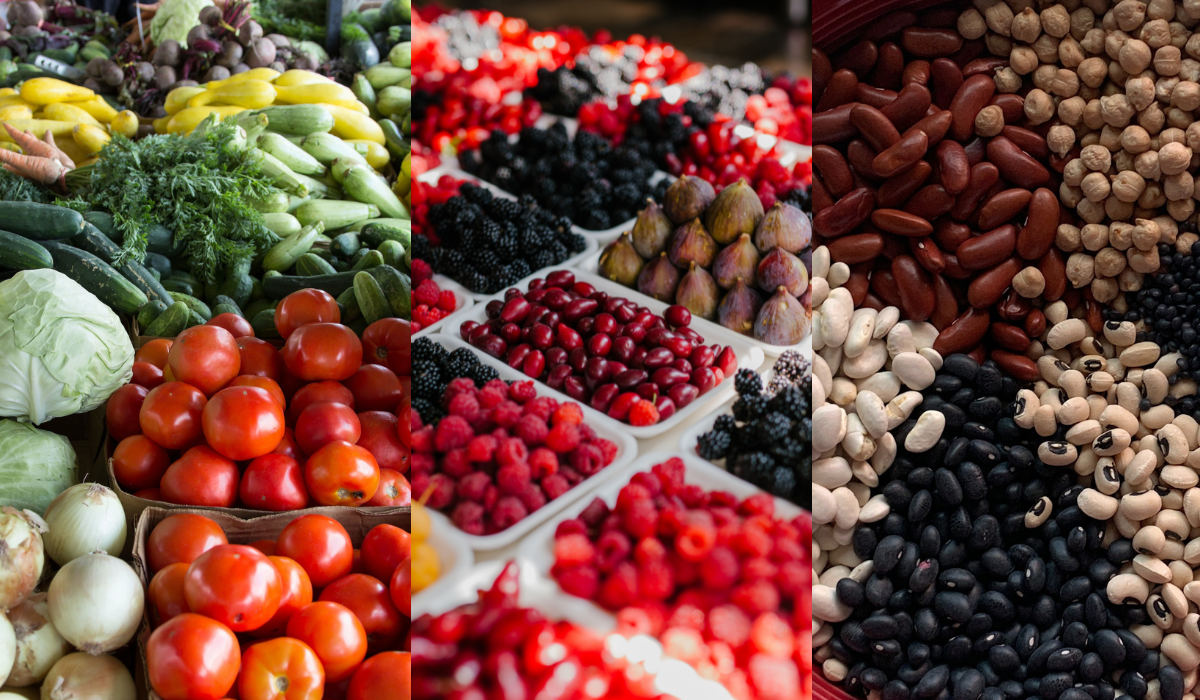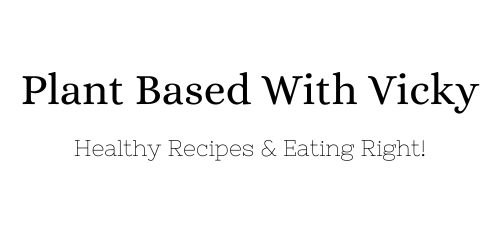Plant Powered Protein: Where Do Vegans Get Their Protein From


Meeting protein requirements on a plant-based diet is not only possible but also beneficial for overall health. Switching to a plant based diet offers many health benefits but many people worry that they will not be able to meet their protein needs if they switch to a WFPB diet.
It is entirely possible to maintain your protein intake and all of your nutritional needs on a plant based diet. The only thing you need to supplement is a B12 daily.
Before diving into gender-specific protein needs, it’s important to understand the basics of plant-based protein. While animal products are rich in complete proteins (containing all essential amino acids), plant-based sources may lack some amino acids. To compensate, individuals can combine different plant-based protein sources to create complete protein profiles. Common plant-based protein sources include legumes (beans, lentils, and peas), whole grains (quinoa, oats, and brown rice), nuts, seeds, and tofu.
Protein Requirements for Men
Men generally require more protein than women due to differences in muscle mass and overall body size. According to the Dietary Reference Intake (DRI), men aged 19-70 need approximately 56 grams of protein per day for a sedentary lifestyle. However, active men and athletes may need more, ranging from 1.2 to 2.2 grams of protein per kilogram of body weight.
A study published in the American Journal of Clinical Nutrition found that vegan men who carefully planned their diets met or exceeded their protein needs, consuming an average of 78 grams of protein daily.
Protein Requirements for Women
Women, on the other hand, generally require slightly less protein than men. According to the DRI, women aged 19-70 need approximately 46 grams of protein per day for a sedentary lifestyle. Active women and athletes may need slightly more, ranging from 1.2 to 2.2 grams of protein per kilogram of body weight.
A study published in the Journal of the Academy of Nutrition and Dietetics found that vegetarian women who carefully planned their diets met their protein requirements, with an average daily protein intake of 67 grams.
Tips for Meeting Protein Requirements on a Plant-Based Diet
- Diverse Protein Sources: Incorporate a variety of plant-based protein sources into your diet to ensure a broad spectrum of amino acids. Mix legumes, whole grains, nuts, seeds, and tofu to create complete protein profiles.
- Portion Control: Pay attention to portion sizes, especially if you’re physically active. Larger portions of protein-rich foods can help meet increased protein needs.
- Protein-Rich Snacks: Include protein-rich snacks like roasted chickpeas, edamame, or nut butter on whole-grain toast to boost daily protein intake.
- Supplements: If you struggle to meet your protein requirements through food alone, consider plant-based protein supplements like pea protein, rice protein, or hemp protein powder.
- Consult a Registered Dietitian: For personalized guidance, consult a registered dietitian who specializes in plant-based nutrition. They can help you create a balanced diet plan that meets your specific protein needs.
There are some great documentaries out there that have explored this topic such as:
After watching these documentaries and reading Dr. Caldwell Esselstyn’s Book “Prevent and Reverse Heart Disease” I was sold on following a WFPB diet for myself. Men and women can achieve their protein goals by carefully planning their diets, diversifying protein sources, and paying attention to portion sizes.
Hospital-based and clinical trials confirm that well-balanced plant-based diets can provide sufficient protein for both genders, allowing individuals to thrive on this sustainable and health-conscious dietary choice. By following these guidelines and consulting with a registered dietitian when needed, anyone can embrace the benefits of a plant-based lifestyle while meeting their protein needs.
